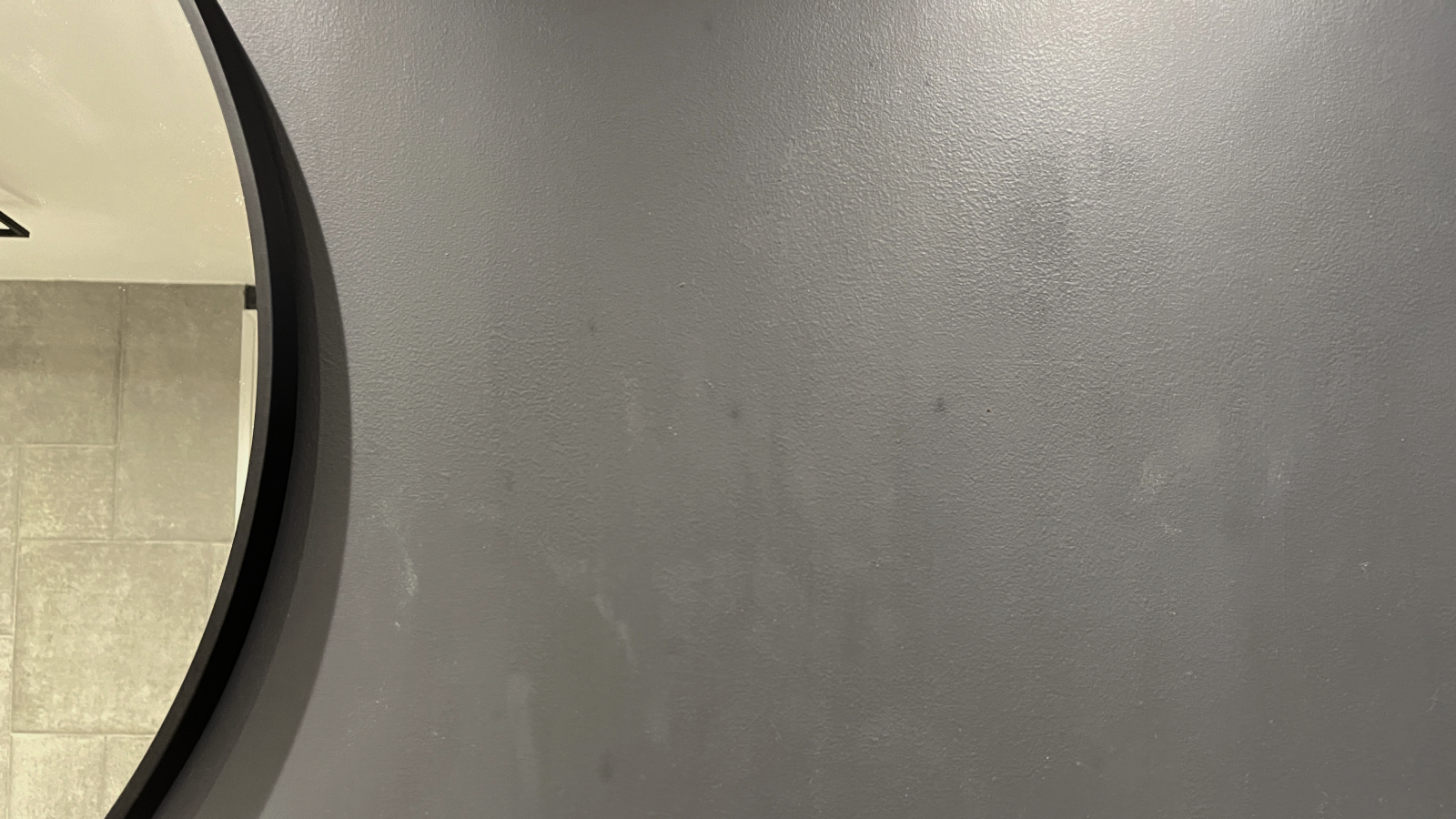The best natural house cooling ideas to design into your build
While the sun might not always shine as often as we'd like, when it does, keeping our homes cool and comfortable is really important – particularly in the face of global warming. Here, we explain how to incorporate natural cooling ideas at the design stage
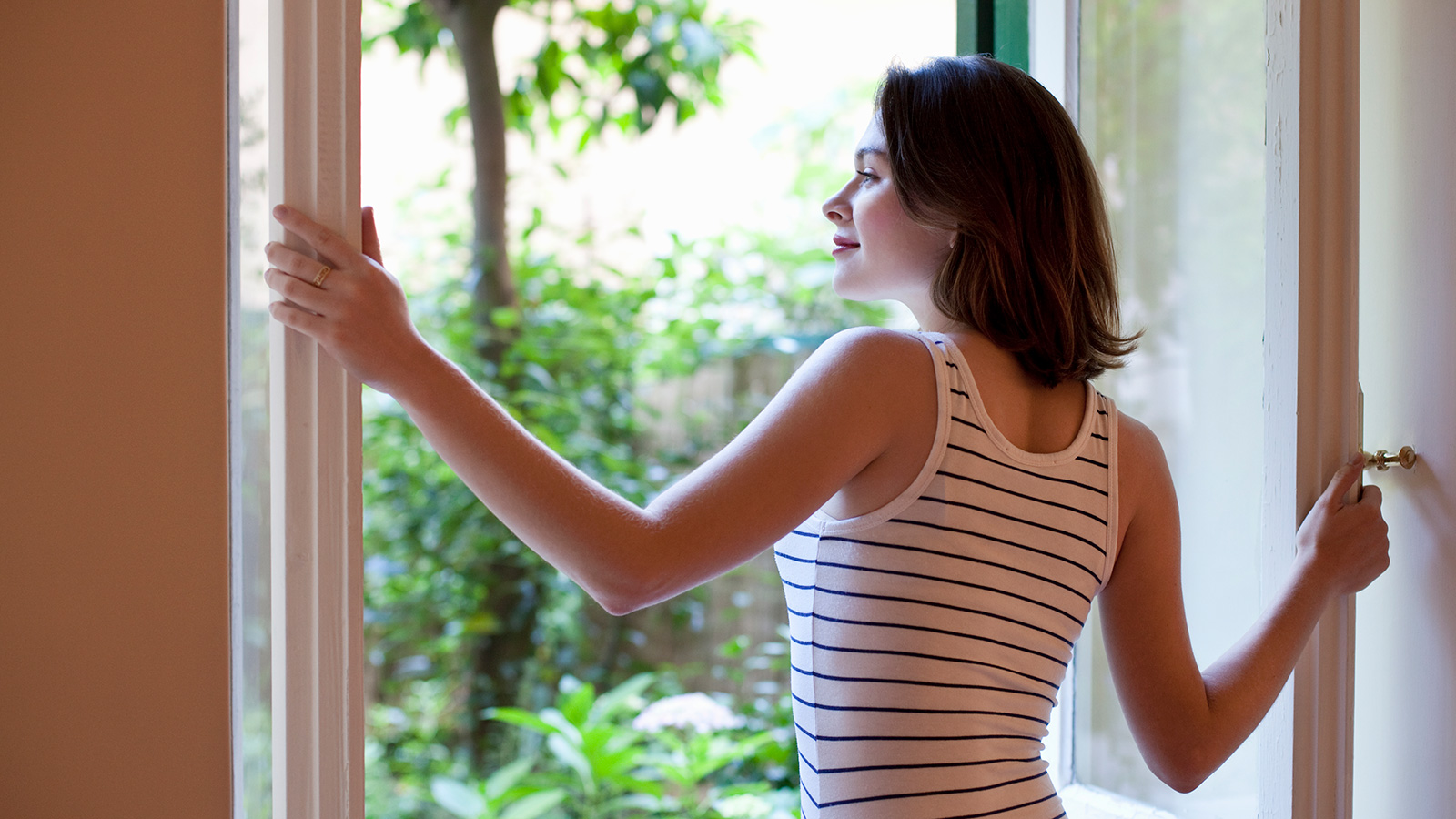
Whether you are self building, extending or carrying our major renovation works, it is well worth designing in some natural house cooling ideas in order to keep it feeling comfortable all year round.
While people have always been interested in how to prevent overheating in homes, with global warming being an issue facing all of us, it is more important than ever to think about ways to build in design features that will keep your home cool naturally.
"2023 was the hottest year on record according to the World Meteorological Organisation and scientists have warned that 2024 is shaping up to be another record-breaking year of high temperatures," points out Becky Lane, CEO at Furbnow, a retrofit startup that helps homeowners reduce their carbon emissions.." There has never been a better time to take action and get ahead of the curve."
Here, we take a look at the best ways of keeping your house cool from a design point of view.
What is passive cooling?
Natural cooling is very similar to passive cooling. In short, these terms relate to using methods or systems to cool a house that rely on the design of a building, using natural processes as opposed to those that use mechanical systems, such as air conditioning units.
"The best way to prevent overheating is to plan for it with your architect at the design stage when building a new home or extension," explains David Hilton, renewables and ventilation installer.
In short, natural cooling methods are those that are incorporated into the design of the house and its surroundings.
Bring your dream home to life with expert advice, how to guides and design inspiration. Sign up for our newsletter and get two free tickets to a Homebuilding & Renovating Show near you.
In this guide, we take a look at the best natural cooling design ideas around and explain how you could make them work for you.
1. Ensure passive stack ventilation is possible
While there are mechanical ways of adding ventilation to your home in order to keep it cool, some of the most effective methods are entirely natural — such as passive stack ventilation (PSV) and cross ventilation.
"Passive stack ventilation (PSV) is a natural and low cost method of ventilating your home," explains Jeremy Brady, a chartered surveyor who spent many years working as a domestic energy assessor. "It doesn’t use electricity so you can reduce your electrical load requirements and it should be maintenance free.
"The concept of passive ventilation works on the principle that warm air rises and wind blowing across the face of your roof or walls causes negative pressure which sucks out the warm air," continues Jeremy. "So in its simplest form you could open a skylight window or a window at the top of your house. As this warm air gets sucked out at the top floor, cool air is sucked in through trickle vents in your windows and gaps around services etc. to replace it.
"Passive stack ventilation expands on these same natural principles in order to provide ventilation by way of extract vents within the wet rooms of your property such as ensuites, bathrooms and kitchens which are routed vertically to the outlet vents at the ridge of your roof. Replacement air is then supplied by trickle vents in your windows or wall vents."
If you like the idea of passive stack ventilation, then you may well love the concept of intelligent passive stack ventilation.
"The intelligent PSV system works on the same principle but includes the addition of humidity sensing vents in the inlets and extracts. These detect humidity in the air and react by expanding or contracting which opens (increasing ventilation) and closes the vents (decreasing ventilation) depending on the humidity levels within the property," further explains Jeremy.
"These intelligent vents and trickle vents don’t require any electricity to operate as they tend to use nylon filaments within the vents that expand and contract relative to the humidity levels in the individual rooms within the property and should therefore be maintenance free. The main advantage of this system is that it will self regulate the ventilation."
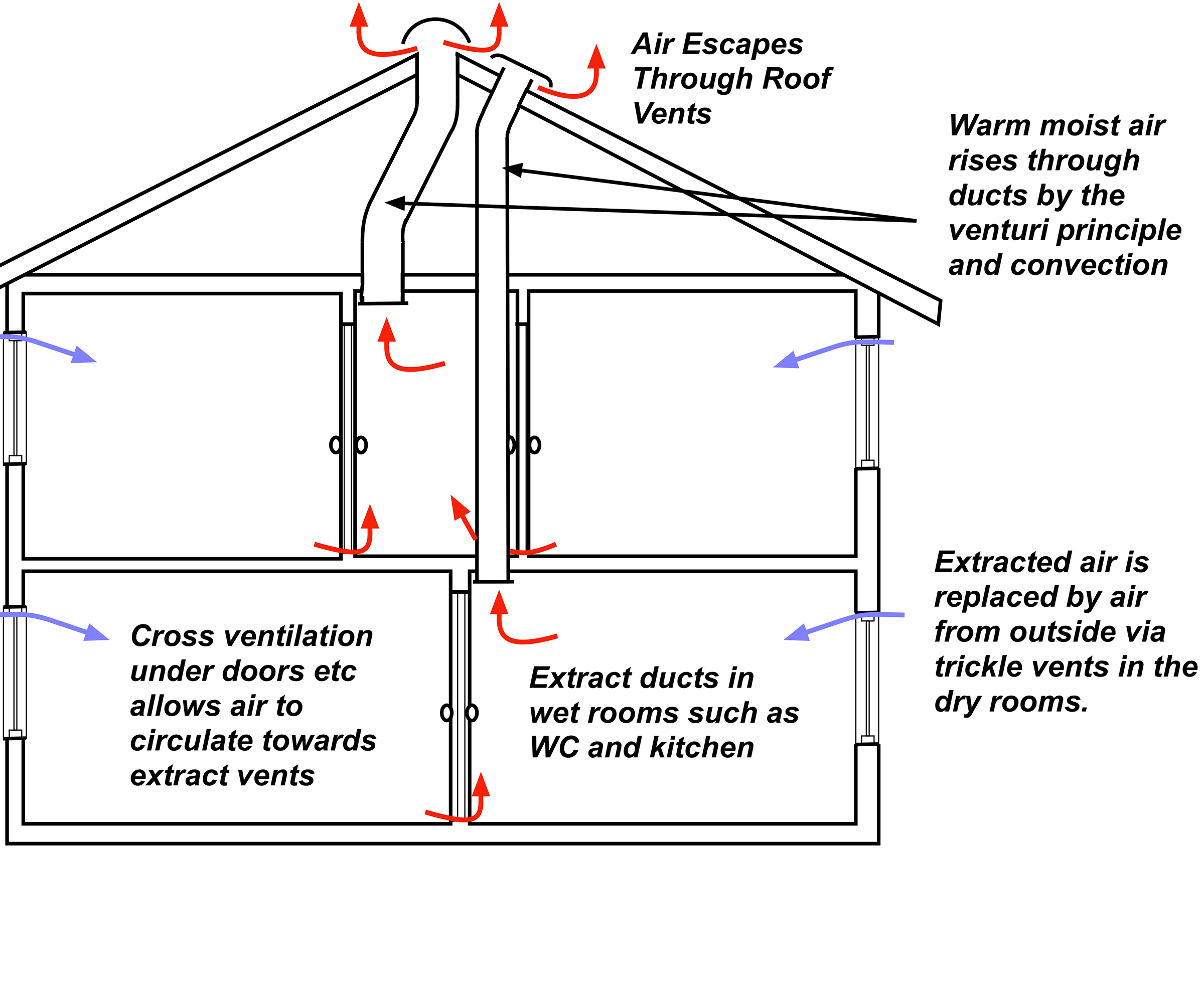

Chartered surveyor Jeremy Brady has spent many years surveying residential properties, looking for defects and providing valuation reports and surveys to clients. He got interested in the eco-home side of things when, shortly after university, he realised just how inefficient and poorly finished many UK houses are. Jeremy set up the website Eco Home Essentials in order to share his knowledge with other people trying to either improve their existing home’s green credentials or designing a new energy efficient, cheap to run eco home.
2. Design in window shading
This is, perhaps, one of the most obvious ways of keeping a house cool and is a common method seen on houses in hot countries, be that in the form of simple shutters or more elaborate overhangs that form part of the fabric first architecture of a building.
Focus on the south-facing areas of your home as well as those that feature expanses of glazing and talk through the idea of roof overhangs, or a stylish brisé soleil, with your designer, both of which not only look great but also act like architectural visors for your home.
Of course there are other options to consider too for those with existing homes, looking for quick and easy ways to keep the heat of the sun out of their houses.
“The easiest to add and most effective form of shading are blinds and shutters. A good energy tip for keeping your house cool is to close your blinds during the day and open them at night, this keeps the heat from the sun out during the day, and the cooler air in during the night," advises Becky Lane, CEO of retrofit and home energy efficiency expert Furbnow. "In terms of what to look for when shopping for blinds and curtains, we recommend double layered drapes, these are effective at keeping the sun out during summer, and the heat in during winter. You can also peel them back to single layered if you want a happy medium.”
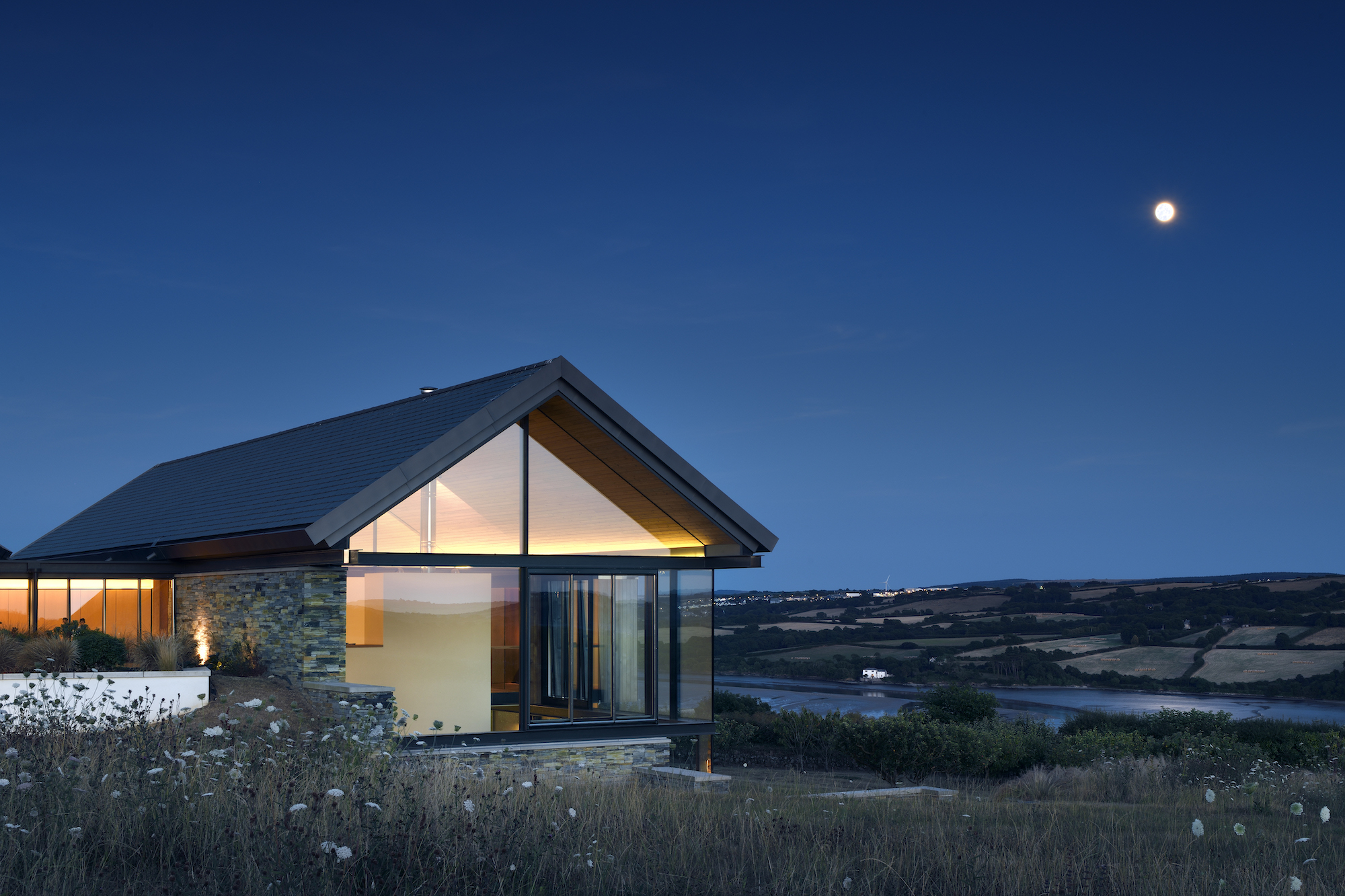

Becky Lane is the co-founder and CEO of Furbnow. She is also a Board Member at the Sustainable Housing Action Partnership – a not-for-profit organisation promoting best practice on the environmental, social and economic aspects of sustainable housing.
3. Keep the exterior of your house light in colour
There is a reason there are so many picture perfect whitewashed villages all over hot countries such as Spain and Greece – they are painted in light colours to keep the interiors as cool as possible. Whether you are opting for house cladding ideas or painted render, really give thought to the materials you choose.
“Dark-coloured homes absorb about 70% of the radiant energy from the sunlight that hits the property," explains Becky Lane. "This heat can then be transferred to the interior of your home through conduction.
"Inversely, light-coloured surfaces reflect the bulk of this energy away, stopping it from entering your home in the first place. Choosing a white, or lighter colour, to paint your home is an effective way of ensuring the heat doesn’t make its way in.
“Another tip is to install reflective foil to the underside of your roof to ensure it stops the heat being transferred in. You can do this yourself by stapling it to the ceiling of the attic, so it’s a really cost effective way of keeping extra heat out.”
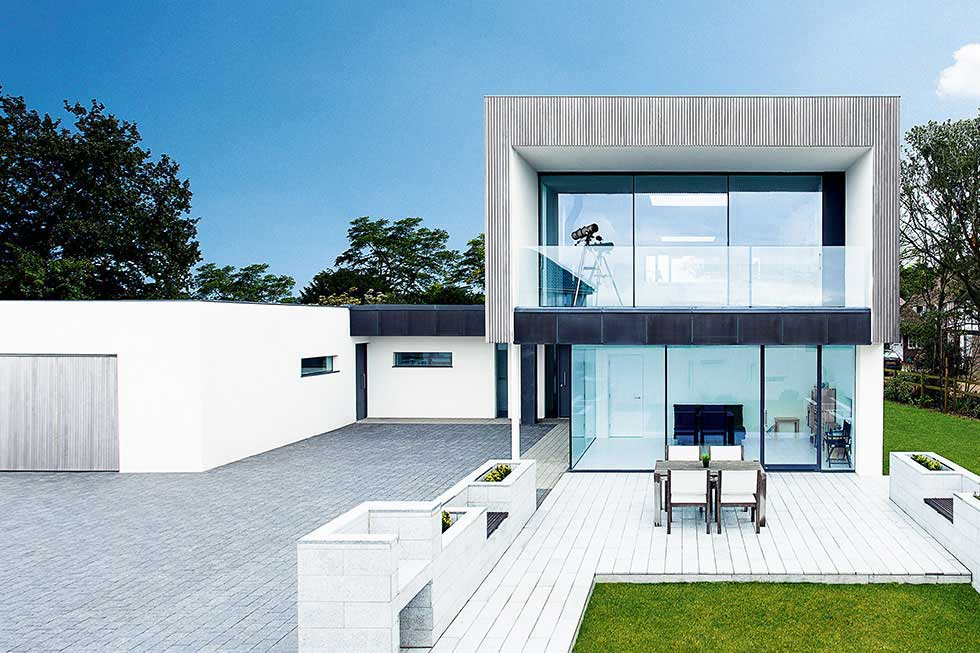
4. Consider a cooling pond
Although the term 'cooling pond' sounds ever so fancy, this is really quite a simple concept.
In short, this is just a pond that is located next to the house. The air that passes over the water in the pond is cooled (just like a sea breeze) and this air is then drawn into the house by passive stack or cross ventilation (see above). In addition, any warm air passing over the water will suck up liquid moisture and absorb it as water vapour.
The water absorbed will then want to switch from liquid to gas, and it will need to pull in energy (from heat) to do this – further reducing the temperature in the house it enters.
One other benefit – they can look pretty stunning and could even allow you to have a dip if designed as a natural swimming pool.
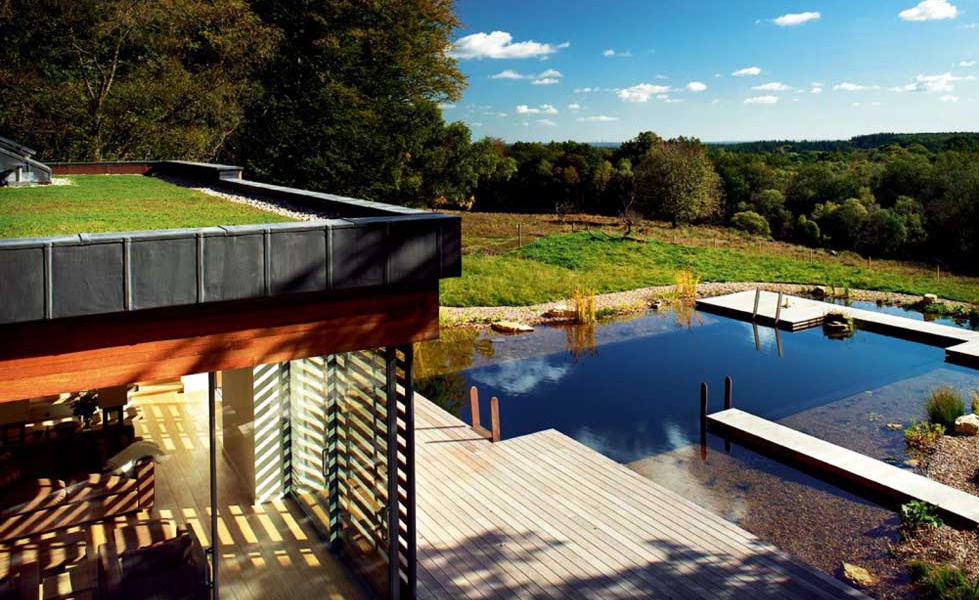
5. Don't neglect your landscaping scheme
It isn't just the house design that can affect how cool it remains internally – the way in which you design the garden landscaping ideas will play a part too.
If you live in a suburban area and haven't heard of an ‘urban heat island' before, let us explain. This is something that is caused by large areas of hardstanding and even other nearby buildings, which absorb heat in the day before releasing it at night meaning cool air cannot enter buildings when it normally might, as you sleep.
As well as planting plenty of shrubs and trees around your property you should also avoid too many areas of dark landscaping around your home, such as black tarmac driveways, dark-coloured patios and so on.
“A new trend we are likely to see emerge this summer season is to think outside the box – literally – and use shading," advises Becky Lane. "If you have the space, consider adding trees and landscaping around your house to offer shade. Deciduous trees are ideal as they provide the foliage to shade your house during summer, and lose their leaves in winter meaning more light (and therefore heat).”
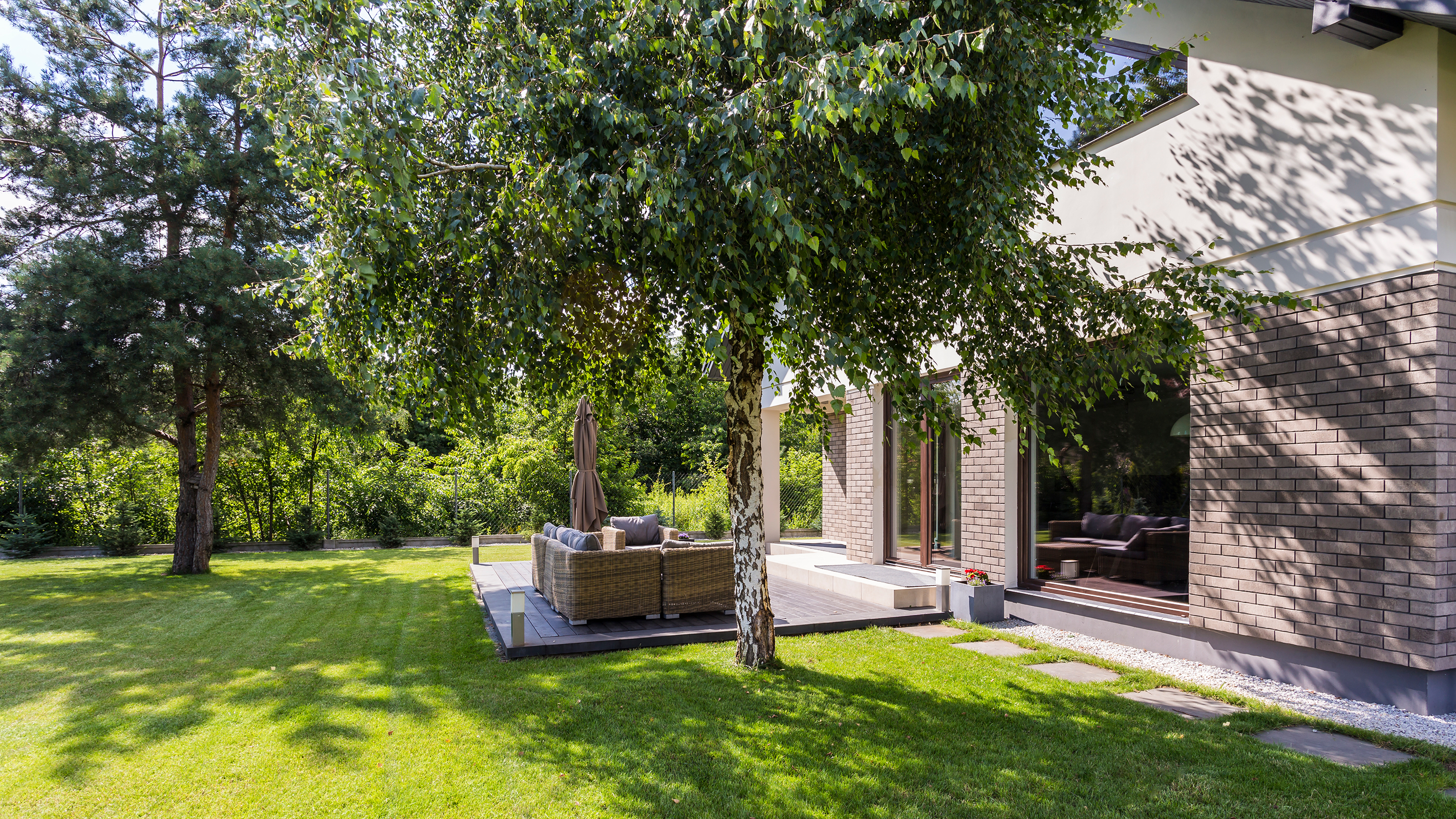
Keeping a house cool is just one element of building a futureproof home, but if you are about to embark on a self build project it would be very wise to familiarise yourself with Building Regulations Part O.
Part O deals with overheating and ways to precent excess solar gain as well as to ensure new homes are built with measures in place to quickly remove excess heat from indoors.
Natasha was Homebuilding & Renovating’s Associate Content Editor and was a member of the Homebuilding team for over two decades. In her role on Homebuilding & Renovating she imparted her knowledge on a wide range of renovation topics, from window condensation to renovating bathrooms, to removing walls and adding an extension. She continues to write for Homebuilding on these topics, and more. An experienced journalist and renovation expert, she also writes for a number of other homes titles, including Homes & Gardens and Ideal Homes. Over the years Natasha has renovated and carried out a side extension to a Victorian terrace. She is currently living in the rural Edwardian cottage she renovated and extended on a largely DIY basis, living on site for the duration of the project.

